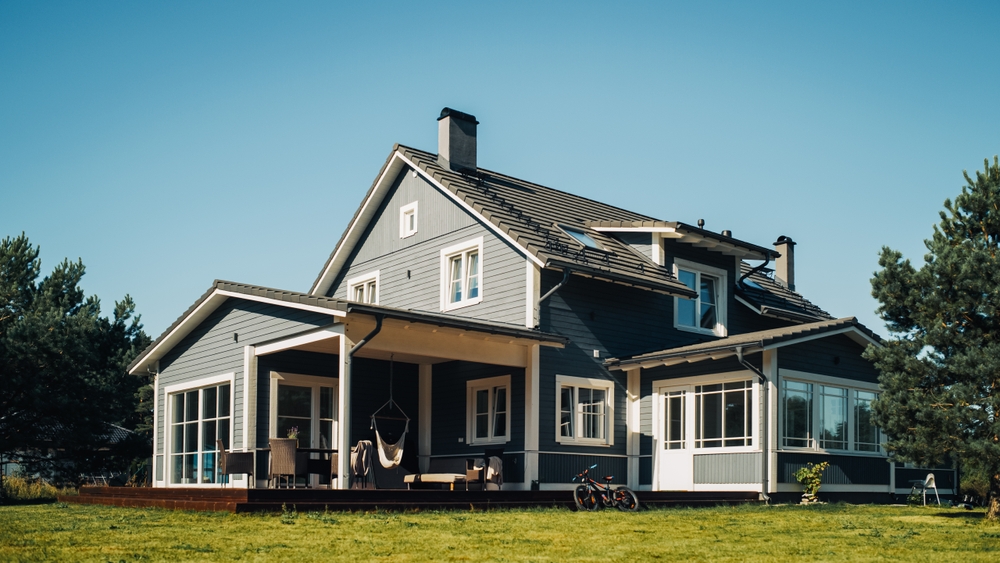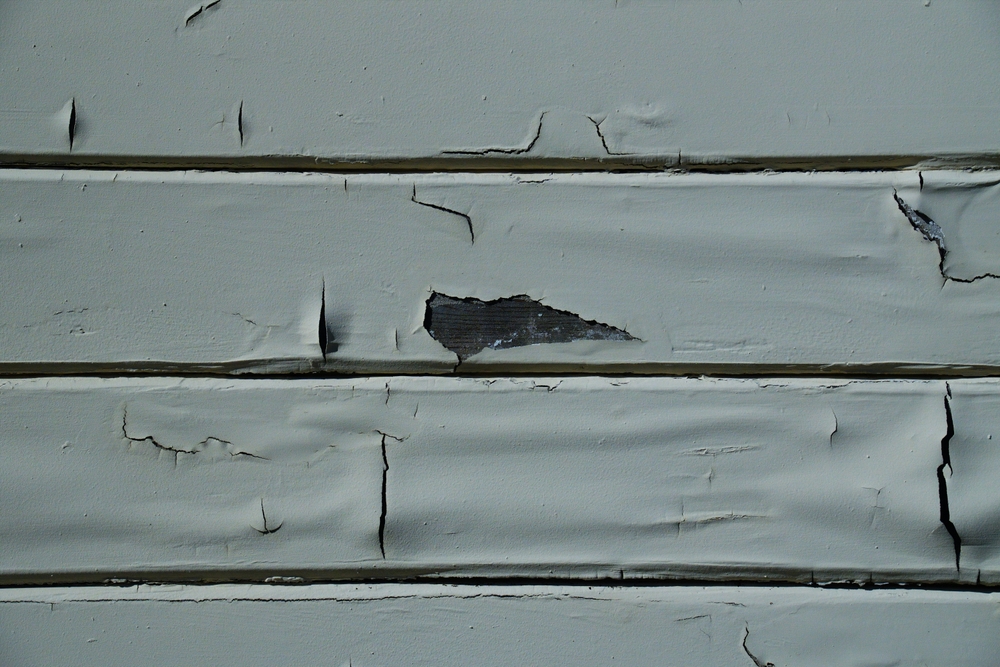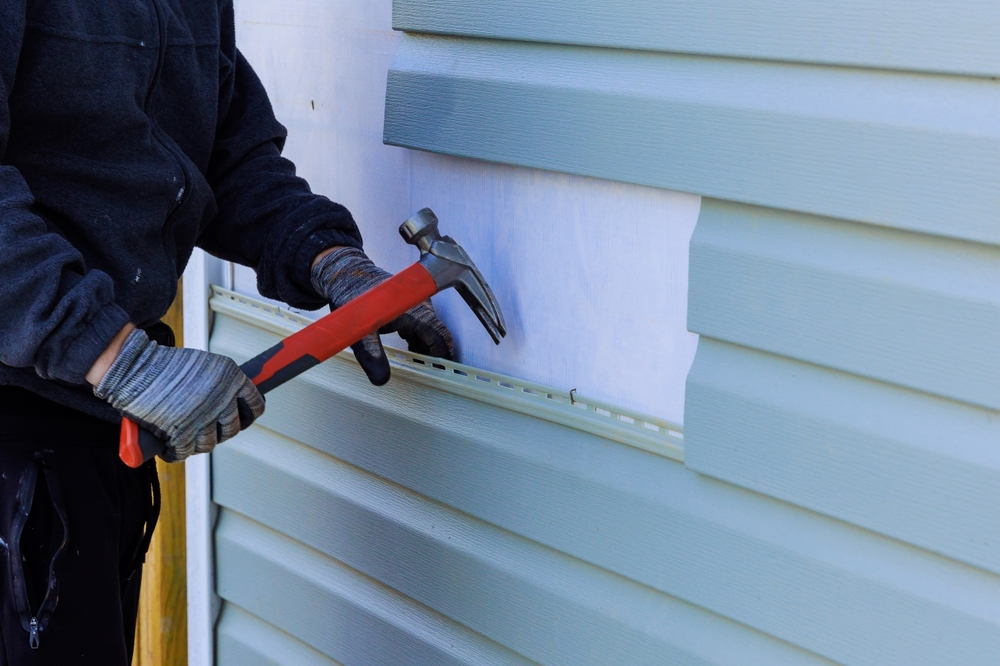When it comes to ensuring the safety of your home, understanding where tempered glass is required is crucial. The International Residential Code (IRC) mandates the use of tempered glass in specific hazardous locations around your home. In this guide, we will explore these hazardous areas and when tempered glass is a necessity.
Where to Find Hazardous Locations
The IRC defines hazardous locations in Sections R308.4.1 through R308.4.7 within the International Residential Code. To determine whether glazing (glass) is located in a hazardous area, it’s essential to refer to these sections of the code.
Additionally, the code provides exceptions for each specific location, which we’ll delve into as well.
Tempered Glass in Doors
Per Section R308.4.1, the first hazardous location that requires tempered glass is in fixed and operable doors. This includes doors that swing, slide, or bi-folding doors.
Glass located indoors that have a swinging, sliding, or bifolding mechanism must be made of tempered glass. However, there are two exceptions to this rule:
- Glazed openings that are too small for a 3-inch-diameter sphere to pass through.
- Decorative glazing.
If the glass within a door doesn’t allow a 3-inch diameter sphere to pass through its openings or is purely decorative, tempered glass is not necessary.
Tempered Glass Adjacent to Doors
Section R308.4.2 addresses glass located adjacent to doors. Similar to the previous section, the glass near doors must meet specific criteria to be considered a hazardous location.
For glass adjacent to doors to require tempering, it must meet the following conditions:
- The bottom exposed edge of the glazing is less than 60 inches above the floor.
- The glazing is within 24 inches of either side of the door in the plane of the door in a closed position.
- The glazing is on a wall less than 180 degrees from the plane of the door in a closed position and within 24 inches of the hinge side of an in-swinging door.
If these conditions are met, the glass near doors must be tempered. However, there are exceptions:
- Decorative glazing.
- Where there is a permanent barrier like a wall between the door and the glazing.
- When access through the door leads to a closet or storage area that is 3 feet or less in depth.
- Glazing adjacent to the fixed panel of patio doors.
Tempered Glass in Windows
Section R308.4.3 pertains to glass located within windows. To be considered a hazardous location, the glass must meet the following criteria:
- The exposed area of an individual pane is larger than 9 square feet.
- The bottom edge of the glazing is less than 18 inches above the floor.
- The top edge of the glazing is more than 36 inches above the floor.
- One or more walking surfaces are within 36 inches of the glazing, measured horizontally and in a straight line.
When all these conditions are met, the window must be made of tempered glass. Importantly, this section doesn’t mention its proximity to doors; that was covered in a previous section.

There are three exceptions for glass in windows:
- Decorative glazing.
- Where a horizontal rail is installed 34 to 38 inches above the walking surface, capable of withstanding a horizontal load of 50 pounds per linear foot without contacting the glass.
- Glazing that is 36 inches or more horizontally from the walking surface.
Tempered Glass in Guardrails and Railings
Section R308.4.4 is straightforward. Glass located in guardrails or any railing system, regardless of its size or height above the floor, must be tempered. This includes structural baluster panels and nonstructural in-fill panels made of glass.
However, structural glass baluster panels must be installed with an attached top rail or handrail. The rail must be supported by at least three glass baluster panels or otherwise supported to remain in place if one glass baluster panel fails. An exception is provided if the glass baluster panels are laminated glass with two or more glass plies of equal thickness and the same glass type.
Tempered Glass in Wet Locations
Section R308.4.5 pertains to glass located in or near wet locations, such as hot tubs, spas, whirlpools, saunas, steam rooms, bathtubs, showers, indoor or outdoor swimming pools, and their surrounding enclosures or fences. The glazing is considered hazardous when the bottom exposed edge of the glazing is less than 60 inches above any standing or walking surface.
The code specifies that this rule applies to both single and multiple glazing. However, there’s an exception: glazing located more than 60 inches horizontally from the water’s edge of the features listed above is not required to be tempered.
Tempered Glass Adjacent to Stairs and Ramps
When glass is adjacent to stairs or ramps, Section R308.4.6 comes into play. Glass near these features is considered hazardous if the bottom exposed edge is less than 36 inches above the adjacent walking surface. There are two exceptions:
- Where glazing is adjacent to a walking surface with a horizontal rail installed at 34 to 38 inches above the walking surface, capable of withstanding a horizontal load of 50 pounds per linear foot without contacting the glass.
- Glazing that is 36 inches or more horizontally from the walking surface.
The first exception aligns with the one mentioned earlier, ensuring that if a horizontal rail is provided, the glass doesn’t need to be tempered. The second exception is when the glass is positioned more than 36 inches horizontally from the walking surface.
Tempered Glass Adjacent to the Bottom of Stair Landings
The final hazardous location is glass located adjacent to the bottom of stair landings, which is covered in Section R308.4.7. Here, glass is considered hazardous if it is less than 36 inches above the landing and within a 60-inch horizontal arc less than 180 degrees from the bottom tread nosing.
An exception applies if the glazing is protected by a guard complying with Section R312 and the plane of the glass is more than 18 inches from the guard. In this case, the glass is not required to be tempered.
To summarize, this guide provides an in-depth understanding of when and where tempered glass is required within residential dwelling units, according to the International Residential Code (IRC). By following these guidelines, you can ensure the safety and compliance of your home.
Remember that safety should always be a priority, and complying with tempered glass requirements is a crucial step in creating a secure living environment.
If You Are Looking to Install Tempered Glass in California
Contact Us
FAQ: Understanding Tempered Glass Requirements
Q1: What is tempered glass, and why is it required in residential homes?
A1: Tempered glass is a type of safety glass designed to break into small, less dangerous pieces when shattered. It is required in specific areas of residential homes to enhance safety and minimize the risk of injury in case of breakage.
Q2: Where can I find information about the requirements for tempered glass in my home?
A2: The International Residential Code (IRC) outlines the requirements for tempered glass in hazardous locations within residential dwellings. You can refer to Sections R308.4.1 through R308.4.7 of the 2021 IRC for detailed information.
Q3: Are there exceptions to the tempered glass requirements in doors and windows?
A3: Yes, there are exceptions. For instance, decorative glazing and certain specific conditions may exempt certain areas from requiring tempered glass. These exceptions are detailed in the code.
Q4: When is tempered glass required for windows, and does it depend on their proximity to doors?
A4: Tempered glass is required in windows when specific conditions are met, such as the size of the pane and its proximity to walking surfaces. The proximity to doors is covered separately in the code.




